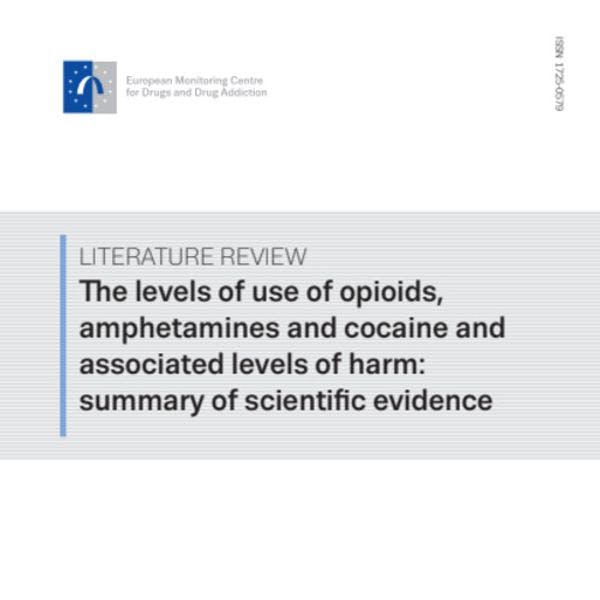Los niveles de uso de opioides, anfetaminas y cocaína y los niveles de daño asociados: resumen de la evidencia científica
Este informe del OEDT identifica los patrones de uso más frecuentes y su relación con el daño asociado entre personas que usan opioides, cocaína en polvo y crack, y metanfetamina.
Más información, en inglés, está disponible abajo.
Suscríbase a las Alertas mensuales del IDPC para recibir información sobre cuestiones relacionadas con políticas sobre drogas.
This report by the European Monitoring Centre on Drugs and Drug Addiction (EMCDDA) presents the findings of a literature review to identify the most frequently occurring patterns of use and their relation to harm in users of opioids, powder and crack cocaine, and meth/amphetamine. The behavioural factors that were studied included: frequency of use, duration of use, routes of administration, drug type, dose, severity of dependence, and (the presence of) polydrug use.
Research on stimulants covers a relatively broad spectrum of patterns and severity, and thus
provides some indications of the levels of use that are more harmful than others. Similar
evidence is relatively scarce for opioids, where the overwhelming majority of studies
concentrate only on the most risky injecting and addictive use.
Keep up-to-date with drug policy developments by subscribing to the IDPC Monthly Alert.
Descargas
Regiones
Perfiles relacionados
- European Monitoring Centre on Drugs and Drug Addiction (EMCDDA)
